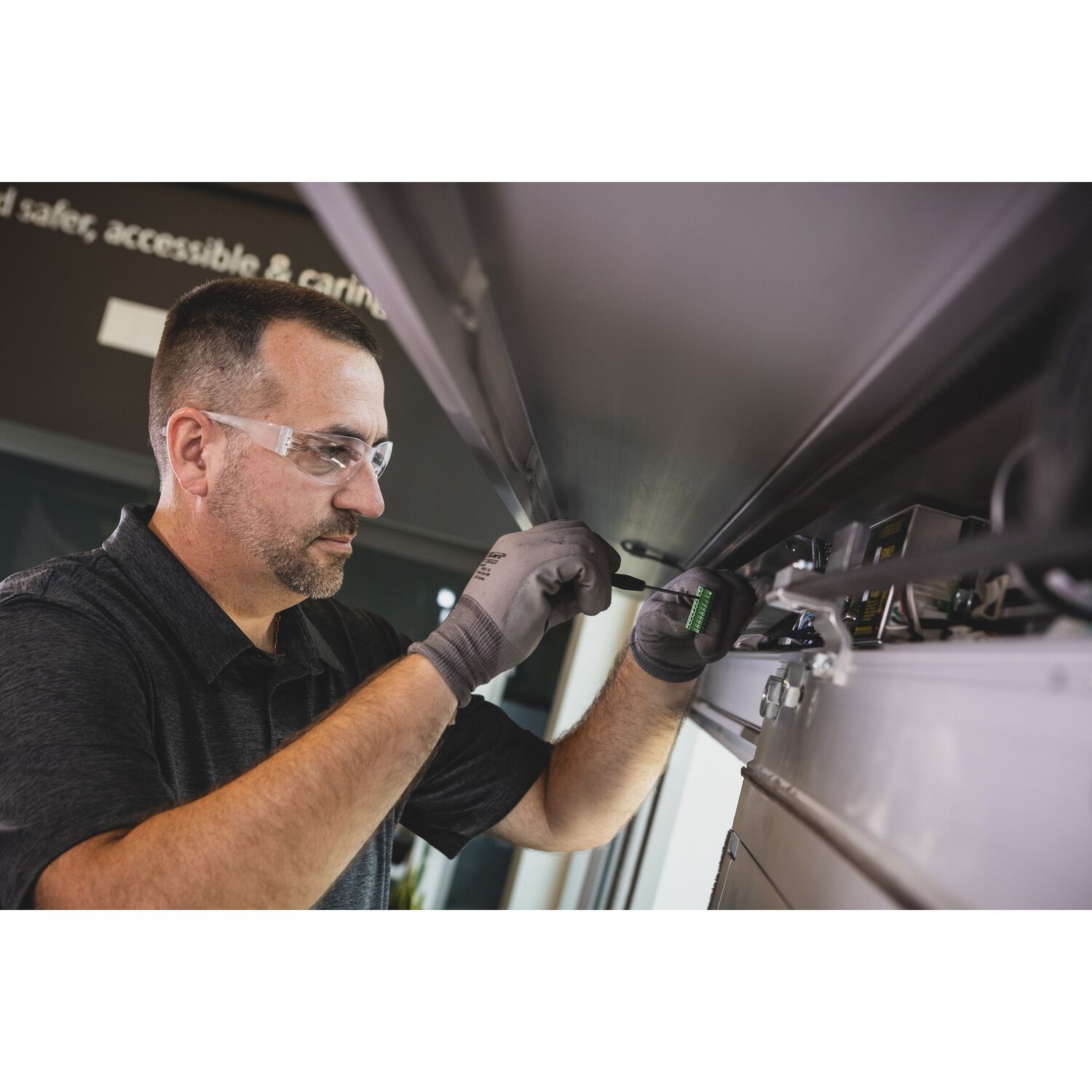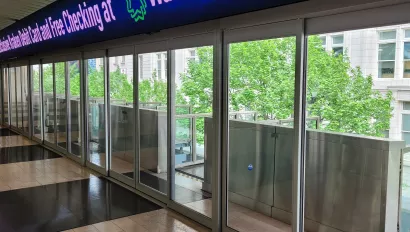Automatic doors make buildings safer, more secure, and more accessible for everyone. Whether a person is facing mobility challenges, trying to maneuver a stroller through an entranceway, or simply carrying multiple items, automatic doors make life easier. While knowing how to fix automatic sliding doors requires extensive training and product knowledge, there are several ways to troubleshoot day-to-day issues without calling a professional. Additionally, regular service can help your doors keep functioning properly before those issues arise.
Dos and Don’ts
To help minimize service interruptions and avoid unnecessary visits from a service professional, there are several routine automatic door practices you should put into place to get the best performance out of your doors. STANLEY Access Technologies recommends you perform a daily safety check by activating door operation and observing that it opens smoothly and closes appropriately. Additionally, it is recommended that you:
- Turn off the power and vacuum tracks regularly to clear any debris
- Inspect the glass, frames, and hardware for damage
- Power down and restart the door if there are any performance issues
- Replace batteries on push plate (if applicable)
Conversely, there are some things you should not do. Do NOT:
- Leave malfunctioning doors in service
- Spray any lubricants in the top or bottom tracks
- Disconnect sensors
- Prop doors open
- Place obstructions in the pathway of the door sensor or directly on the glass
Troubleshoot Before You Call
It almost goes without saying that you should call an AAADM-certified technician any time your doors present a safety issue. However, if safety is not a concern, STANLEY Access Technologies recommends running through a few basic automatic door troubleshooting steps before contacting repair personnel.
- Ensure that the door switch is set to “ON,” is receiving electricity, and that the function switch is set to “AUT” (automatic)
- Clear any obstructions from the tracks as well as obstructions on the pathway to the door that may confuse the sensor system
- Ensure the wave plate is changing status when activated; this may consist of a beeping noise or a light that turns on or changes color
- If the door does not close or open, turn the power off and wait 15-30 seconds before starting up again
Remember, many automatic doors are designed to be “broken out” in case of an emergency. For sliding doors, this simply means pushing the doors open in the same manner as a swinging door. To reset the door after break-out, the door simply needs to be pushed back into place and does not require professional assistance.
Once you have completed these steps and eliminated each of them as the source of the door issue, your next step is to call an AAADM-certified door service technician to diagnose and remedy the problem.
We hope that all of this information will help you keep your doors functioning properly for years to come. And, as always, we are available to answer any questions and provide additional assistance.





